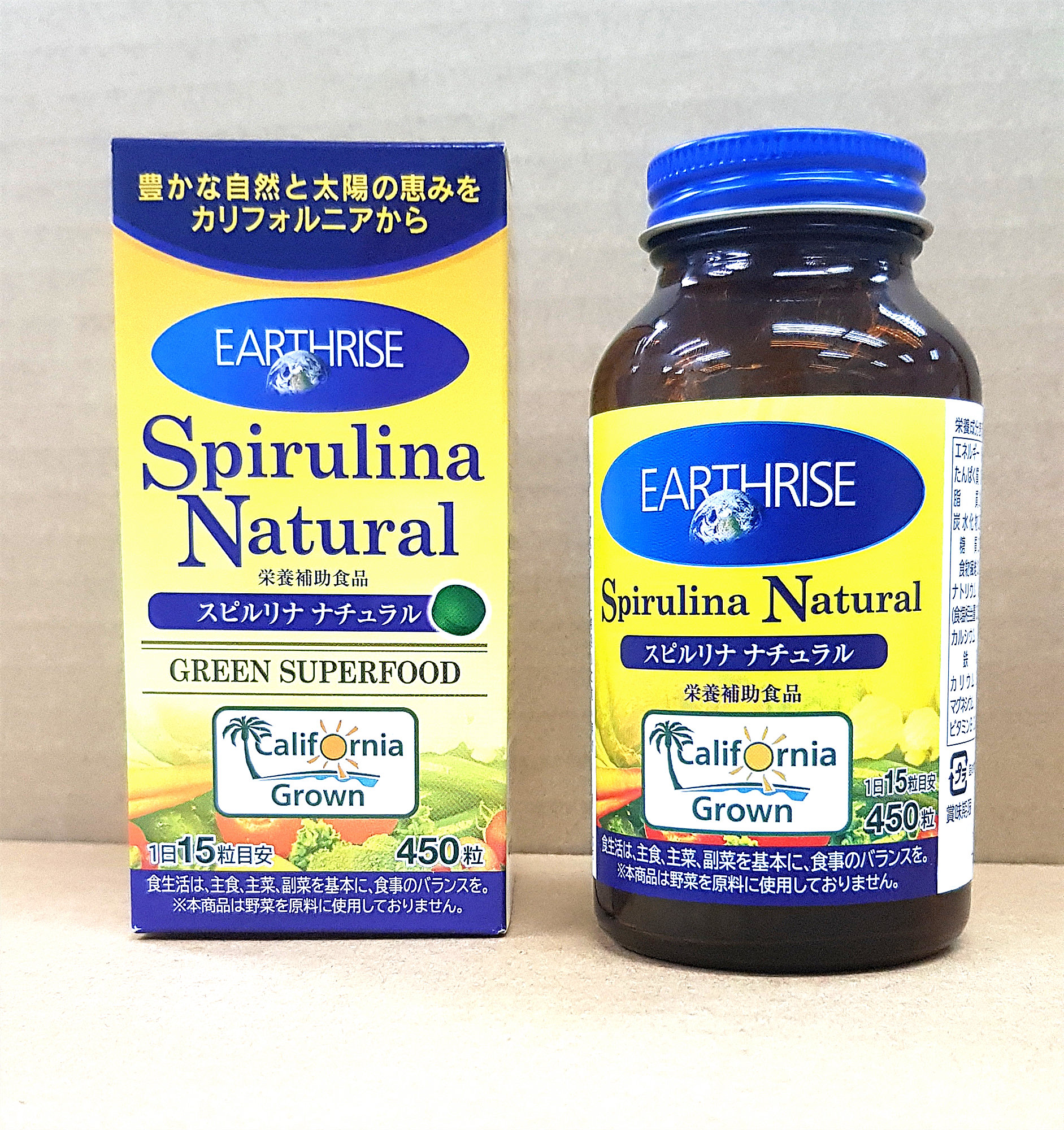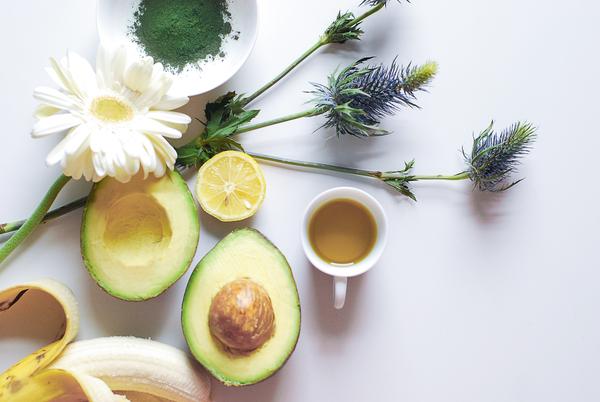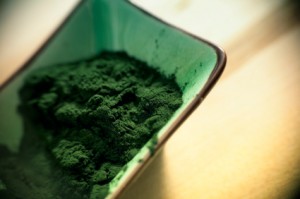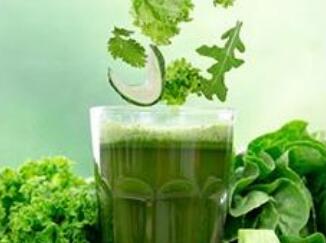
The safety of spirulina is of great importance to Earthrise. The Earthrise farm is subject to inspections by the U.S. Food and Drug Administration and the State of California. Its success in exceeding all food safety and quality standards is attributed to the remote farm location, clean air and water, premium quality nutrients, and the total quality management approach to quality control. Earthrise, the world’s largest spirulina producer, has an ISO 9001:2015 Registered Quality Management System. ISO 9001:2015 is the most comprehensive of the standards and covers product design, engineering, manufacturing, purchasing, marketing and sales. The ISO quality standards are presently recognized in over 80 countries across the world.
Spirulina has a long history of human consumption and is known as a safe, nutritious microalga. In the past 30 years, it has been marketed and consumed as a safe human food and has been approved as a food for human consumption by many governments, health agencies and associations of over 20 countries. Based on 30 years of safety and quality research, many countries and organizations have established Spirulina Quality and Safety Standards. Our technicians collect samples from the pond water and the final dry product for about forty different analytical tests. Only after each lot has passed all tests is it certified ready to ship, accompanied by a Certificate of Analysis.. Additionally, independent laboratories in the USA and Japan periodically confirm protein, pigments, amino acids, vitamins, minerals, microbiology and heavy metals.

GRAS (Generally Recognized as Safe) is a procedure where a company submits a notice to the FDA (Food and Drug Administration) reporting their determination, through scientific procedures, that their product is GRAS for addition to a variety of foods. Conclusion of the notification procedure (through a written response by the FDA) provides assurance to both consumers and food manufacturers that the FDA has had an opportunity to review the safety evaluation of the product for its intended use.
In March 2003, Earthrise Nutritionals submitted a joint notice to the FDA determining that its spirulina met the requirements for GRAS for use in specialty foods, powdered nutritional drink mixes, snacks (such as popcorn) and as a condiment in salads and pasta. FDA had no objection to the GRAS determination. A copy of the letter from FDA regarding the GRAS notice is found in the FDA’s website at www.fda.gov.
Earthrise Nutritionals has never used pesticides or herbicides. Because more and more people are concerned about pesticide residues in their foods, Spirulina has been additionally tested for residual environmental residues since 1993. Independent lab tests have not detected any of over 66 possible contaminant residues. We believe this extra level of assurance is important to quality-conscious natural food customers. The safety of Spirulina means being free of pesticides or herbicides.
Because of concern about toxic blue-algae growing in lakes, Earthrise developed a program to assure these toxic algae are not present in spirulina ponds. First, daily microscopic examinations of the living culture are conducted. Second, in cooperation with university researchers, farm scientists have developed immunoassay and enzyme inhibition bio-assay methods to detect nano gram levels of toxins. Very few laboratories in the world are capable of such analysis. The safety of spirulina means continuous research and standardized testing.

What is Spirulina proper identification? Spirulina requires light microscope examination and some biochemical testing at a minimum. The following characteristics may be useful for identity testing:
1. The filaments are 0.3 – 1.0 mm in length.
2. The filaments are coiled or helical for the most part though there could be straight forms at times.
3. The filaments are made up of many cells with clear and visible transverse cross walls.
4. The cells making the filaments are shorter than broad. The width varies between 6-12 micrometers.
5. The cells contain gas vacuoles (air sacs). In the living cell these gas vacuoles help the Spirulina to be buoyed up to the surface of the pond to get light. A good test is to place some culture in a test tube and observe the algae after one hour. Most of the cells should be seen at the top of the tube. (Tomasseli, L. 1997)
1. The most telling biochemical marker is the content of Gamma Linolenic Acid (GLA) that is virtually absent in other species of blue-green algae. Genuine Arthrospira strains have a significant proportion of γ-linolenic acid (GLA), no α-linolenic acid (ALA), a low content of 16:1 fatty acids and a very low content of 16:2 fatty acids. (Cohen and Vonshak 1991; Cohen et al. 1995).
2. The blue pigment, phycocyanin can be used to differentiate blue-green algae products from green and other algae like Chlorella, Dunalliela and Hematococcus. Since this pigment is also found in other species of blue-green algae, it cannot be used to differentiate Spirulina from other species of blue-green algae though Spirulina tends to have higher content of phycocyanin.
1. Color: Dark green
2. Smell: Seaweed smell
3. Consistency: Fine powder (40 mesh)

Arthrospira is cultivated in an alkaline aqueous medium rich in nutrient salts. The growth medium consists of water, sodium carbonate, nitrates, phosphates, sulfates, and trace minerals. The high pH and alkalinity of the growth medium inhibit the growth of potentially contaminating organisms, resulting in a virtual monoculture of Arthrospira strains. Nutrients are supplied by reliable manufacturers that include specifications for heavy metals and other possible contaminants. No solvents, pesticides, herbicides or toxic substances are used during any cultivation or manufacturing step of the product.
Arthrospira is grown in large, shallow mixed ponds that are lined with liners that are approved for potable water systems. Cultures are circulated by means of a paddlewheel. Nutrients are monitored and adjusted by laboratory chemists who conduct daily tests to assure consistency and optimal conditions. Ponds are harvested daily. The culture is transferred with a pump through pipes into a dedicated processing building, where it is passed over a series of stainless- steel screens to rinse and concentrate the biomass. The biomass slurry is then transferred by gravity to shaker screens for further concentration, and finally to a vacuum belt which accumulates the biomass as a paste and subjects it to a final washing step. The Arthrospira paste is then pumped into a spray dryer to remove the moisture, resulting in the free flowing fine powder known commonly as Spirulina. The entire process from pond to powder takes less than 15 minutes.
The dried powder is weighed and vacuum-sealed into various sized oxygen barrier bags to minimize exposure to air and prevent possible oxidation of phytonutrients such as β-carotene and fatty acids. The bags are then packed into cardboard boxes or drums, sealed with tape and labeled to reflect the package weight and lot numbers for tracking purposes. (Belay, 1997)
 Our California grownspirulina powder is manufactured in accordance with Current Good Manufacturing Practices (cGMP) promulgated under the United States Federal Food, Drug and Cosmetic Act and applicable California statutes and regulations. These laws assure that the facilities, methods, practices, and controls used in the manufacture, processing, packing, or holding of food products are in conformance with or are operated in conformity with Good Manufacturing Practices to assure that the food products are safe for consumption and have been prepared, packed, and held under sanitary conditions.
Our California grownspirulina powder is manufactured in accordance with Current Good Manufacturing Practices (cGMP) promulgated under the United States Federal Food, Drug and Cosmetic Act and applicable California statutes and regulations. These laws assure that the facilities, methods, practices, and controls used in the manufacture, processing, packing, or holding of food products are in conformance with or are operated in conformity with Good Manufacturing Practices to assure that the food products are safe for consumption and have been prepared, packed, and held under sanitary conditions.
Earthrise Nutritionals is the only producer of Spirulina in the continental USA, which has determined its Spirulina as GRAS (Generally Recognized as Safe) by scientific procedures and FDA review.
The Earthrise Farm has its own state-of-the art laboratory that conducts scores of important quality control tests both on the live Spirulina in cultivation as well as the final product. Each lot of product produced daily undergoes testing and verification before it is released for sale. The shipment of the product is accompanied by a Certificate of Analysis that states the identity, potency, and safety of the product.
 The difference between natural spirulina and artificial spirulina
The difference between natural spirulina and artificial spirulinaChenghai Lake, Lijiang, Yunnan, is the only lake in China that produces natural spirulina. The Green A brand has the world's largest base and the best quality standards. In addition, there are many regions in China that use alkaline water and water to add artificial substances for artificial breeding. Click on the picture to go to the next page >> 8 prescriptions for Lishui septic ...
 Edible taboo of spirulina
Edible taboo of spirulinaEdible taboo of spirulina...
 Spirulina in Nutrition Hall
Spirulina in Nutrition HallAnalysis of Qingbu Pingwei Ganfuzheng Radix Pseudostellariae The protein content of Spirulina platensis ranges from 58.5% to 834%, and the proportion of amino acids is appropriate. Among them, 8 kinds of essential amino acids are close to or exceed the proportion standard recommended by the Food and Agriculture Organization of the United Nations (FAO). The protein digestibility and bioavailabil...
 Can you eat spirulina during lactation?
Can you eat spirulina during lactation?During lactation, women should pay more attention to matters. If women do not protect themselves at this time, it will cause a variety of problems. First, the body will be damaged, and secondly, it will affect the growth of the baby. During lactation, diet should be paid attention to. For some women who are not easy to digest and spicy food, they should reduce their choice. Can they eat spirulina ...
 Six functions and effects of spirulina
Six functions and effects of spirulinaThe efficacy and effect of spirulina: anti-radiation damage, oral administration of spirulina to mice before and after radiation irradiation can improve the survival rate of mice. Observation of sensitive organs of irradiated animals shows that spirulina can illuminate mice. Thymus weight and bone marrow DNA content were higher than the control group, indicating that Spirulina has protective effec...
 Spirulina is a health supplement that improves immunity
Spirulina is a health supplement that improves immunitySome people may suffer from insufficient immunity due to malnutrition, fatigue, illness, etc. At this time, once a virus invades, the human defense system will soon be attacked. The most direct manifestation of low immunity is that it is easy to get sick. Because of the frequent illness, the body's consumption is aggravated, so there are generally physical weakness, malnutrition, apathy, fatigue, ...
Sign up to receive exclusive promotions and health recipes via email.

